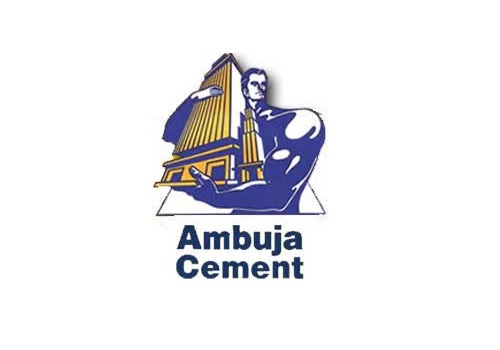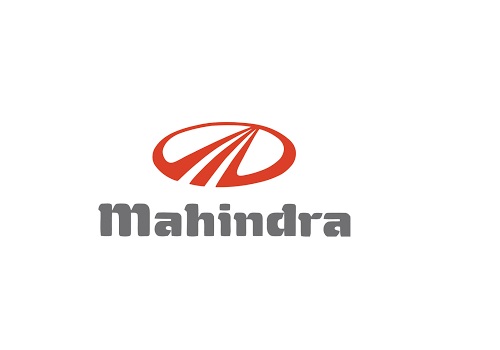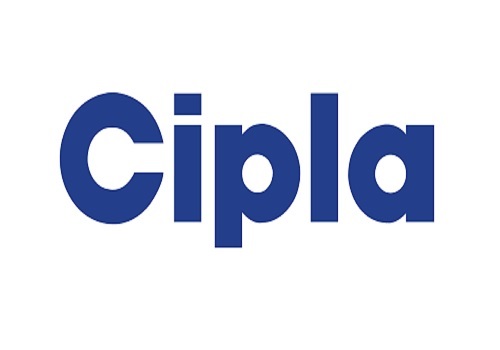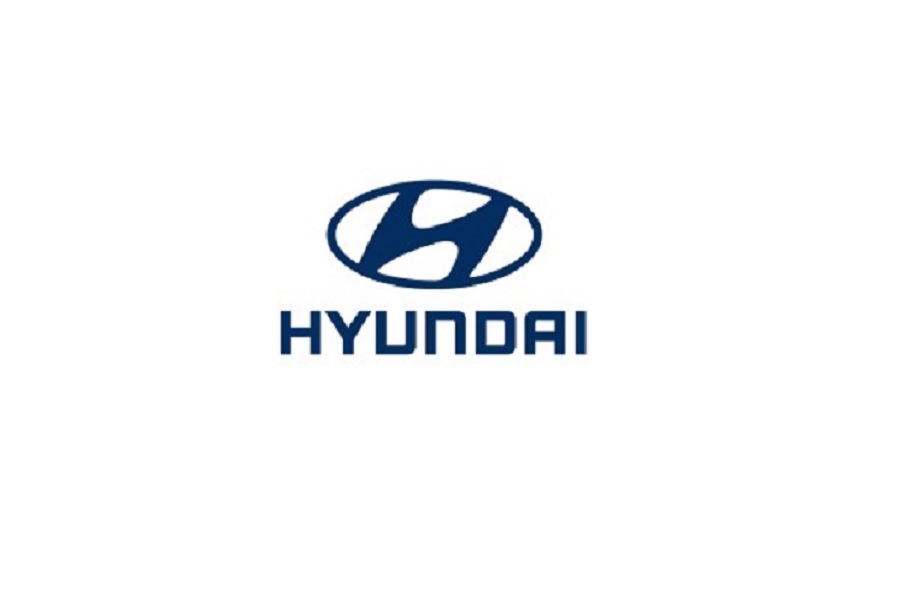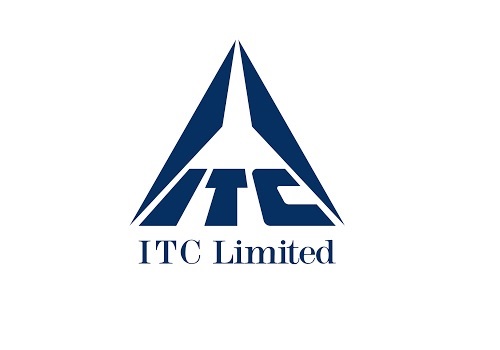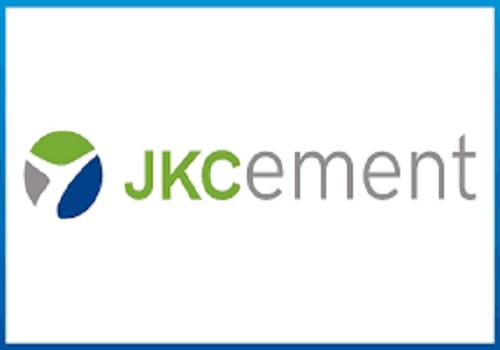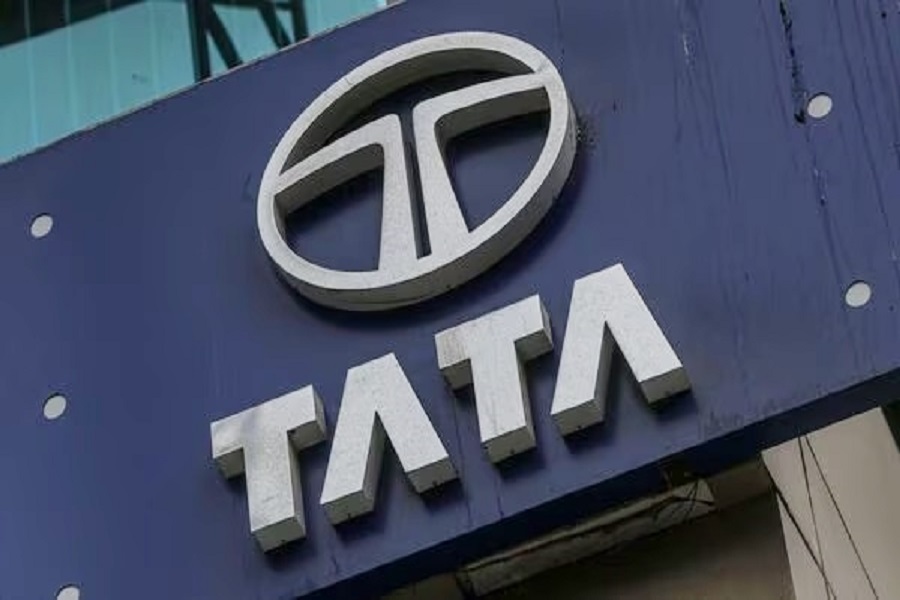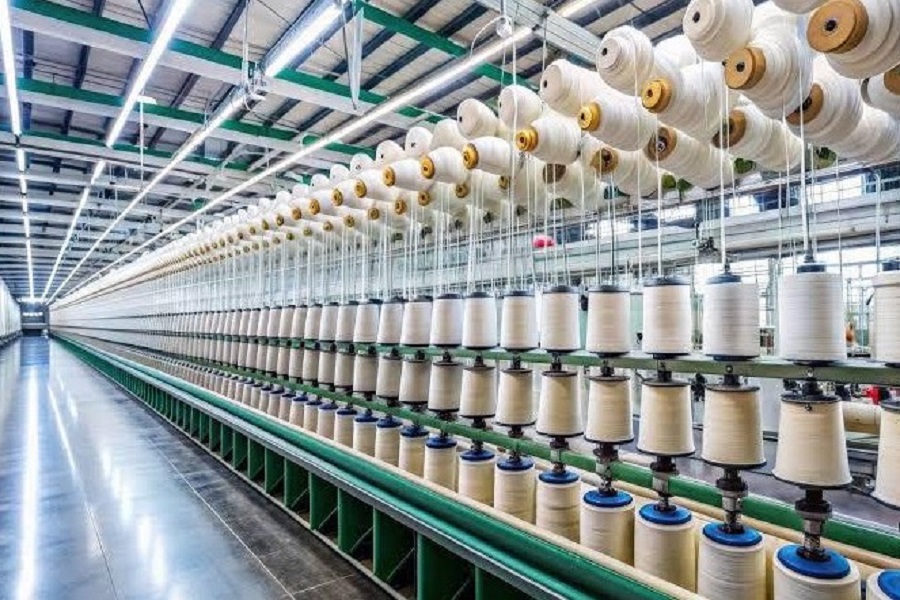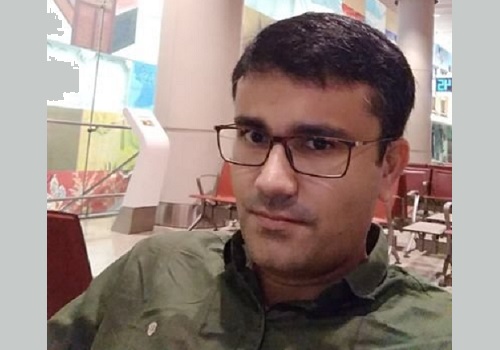India’s largest diagnostics chain unfazed by disruptors By Dr Om Manchanda, CEO – Dr Lal PathLabs, - Motilal Oswal
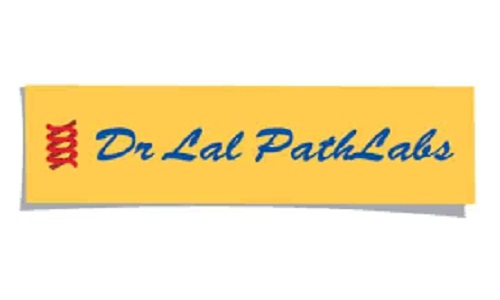
Below are Views On India’s largest diagnostics chain unfazed by disruptors By Dr Om Manchanda, CEO – Dr Lal PathLabs, - Motilal Oswal
Key technological developments to watch out for over the next 5–10 years
Directionally, tests are moving from chemistry-driven tests to the molecular level. With molecular-level testing, ailments can be picked up much earlier than through chemistry-based testing. These molecular test results could be used for a more targeted treatment regimen for patients. For example, gene sequencing is being used for cancer diagnosis and treatment. These changes are happening more quickly now than before. RT/PCR is also a molecular test used for detecting infections, including COVID. The next 5–10 years are also expected to see growth in point-of-care and home testing. Although these home tests are convenient, they come with cost and accuracy issues. They could be a good screening tool, but are not likely to replace lab-based tests. Some home testing instruments are also very expensive, which makes them out of the reach of common people.
Competition from online aggregators and health tech platforms
Early online aggregators are largely lead generators, while other activities are outsourced. There is some discontent among users as there is no end-to-end integration of services, which impacts the quality of results and the user experience. Now, online platforms are moving to integrated testing and not acting as just lead generators. They have started engaging in other activities such as collections, logistics, and testing as well, by themselves. Diagnostics is slightly different from ecommerce as healthcare/testing remains at the core and just enhancing user experience and convenience could only go so far before quality-/accuracy-related headwinds start to limit further growth. New-generation health tech platforms are offering integrated healthcare services, such as e-pharmacy and teleconsult. However, diagnostic chains still have the upper hand due to their expertise in testing.
What can the government do to take diagnostics to the masses?
Data availability at the grass-root level has increased tremendously of late. However, currently, there is no data-sharing between the government and private players. Integrating government and private data systems would lead to better outcomes for the public.Each private lab has its own coding mechanism and there is no harmonization/standardization of tests. There is scope to have a common code for each test, supported by central government agencies. Standardization would most likely lead to diagnostic coverage by insurance companies in India, which is inevitable in the future.
Diagnostics is now reaching closer to the consumer
Due to the economies of scale involved, diagnostics labs had adopted the centralized business model – samples from all over the country were aggregated at the national central lab. However, with increasing awareness, affordability, and demand for testing, volumes have swollen to a point where there is sufficient economic justification to set up such large labs at the state/regional level. This would move testing closer to the consumer, leading to lower turnaround times and better outcomes.
The business model is evolving to accommodate regional partnerships
Some of the large labs in India are regional and do not have any material national presence. Large national players such as Dr Lal PathLabs (DLPL) could partner with these regional players for revenue synergies. There are only a few large regional players in each region; hence, competition is likely to be high. On the flip side, contracting with too many small players is operationally challenging as different systems need to be integrated without any material upside even after aggregating a few smaller players. Technology would play a key role in streamlining the diagnostics process in times to come. Smaller labs would face difficulties in implementing high-end technology at their scale. A partnership model is likely to emerge between national and regional players, wherein smaller players access the technology of the national chains, and in return, national chains get access to the consumer base of the smaller players.
Three-pronged strategy for capital deployment
DLPL is a debt-free, cash surplus company. It has maintained a three-pronged strategy for capital utilization: a) the payment of dividends to its shareholders, b) investments in the business, such as in technology, new machines/instruments, and expanding the lab network, and c) inorganic expansions. Its subsidiary PathLabs Unifier has been undertaking small acquisitions for some time now, but it is yet to enter into a meaningful large acquisition. DLPL is on the lookout for inorganic expansion opportunities, but the high valuations demanded by potential acquires have been an impediment. In view of the changing dynamics of the industry, DLPL hopes that larger sense would prevail, and valuations would come down to more amenable levels
To Read Complete Report & Disclaimer Click Here
Above views are of the author and not of the website kindly read disclaimer

